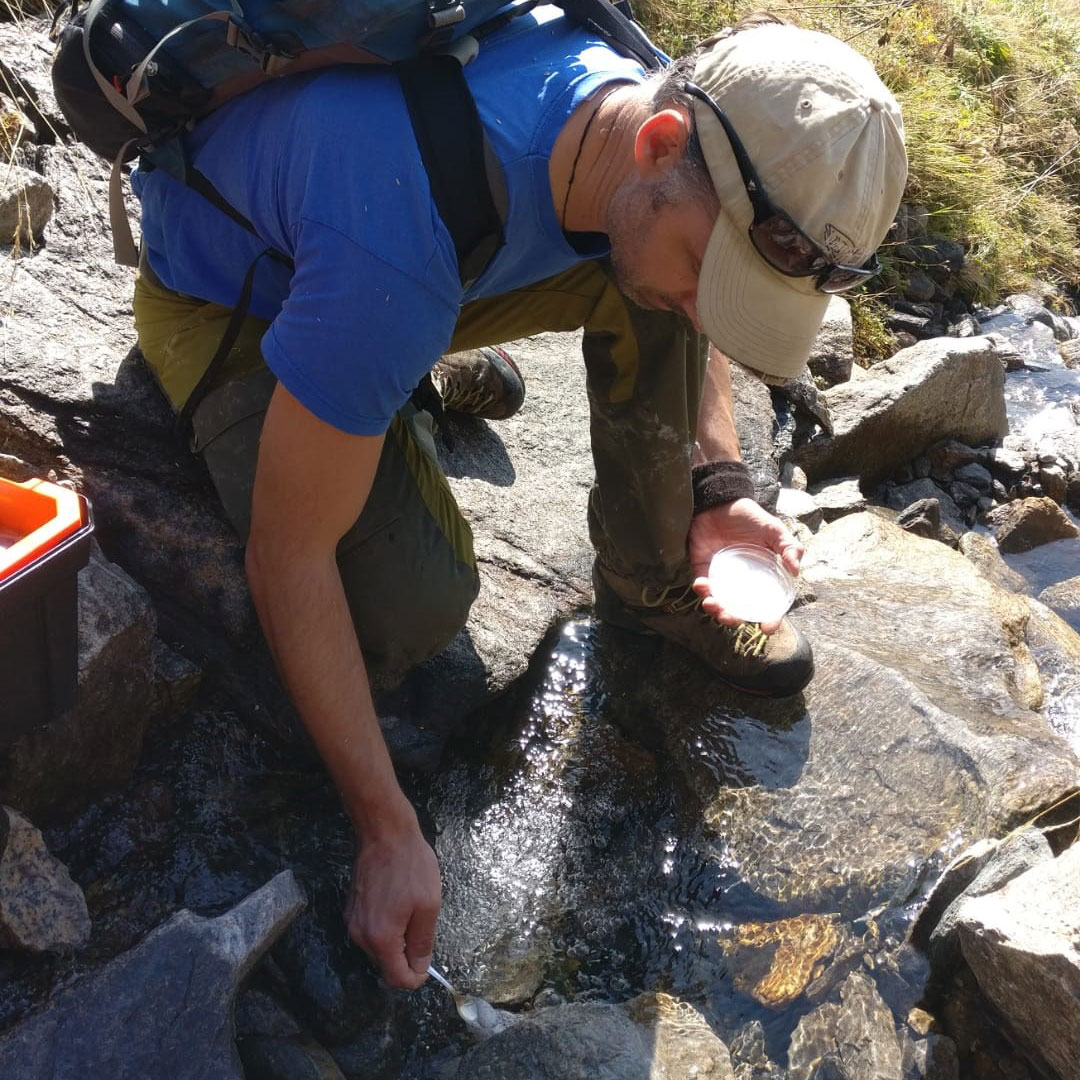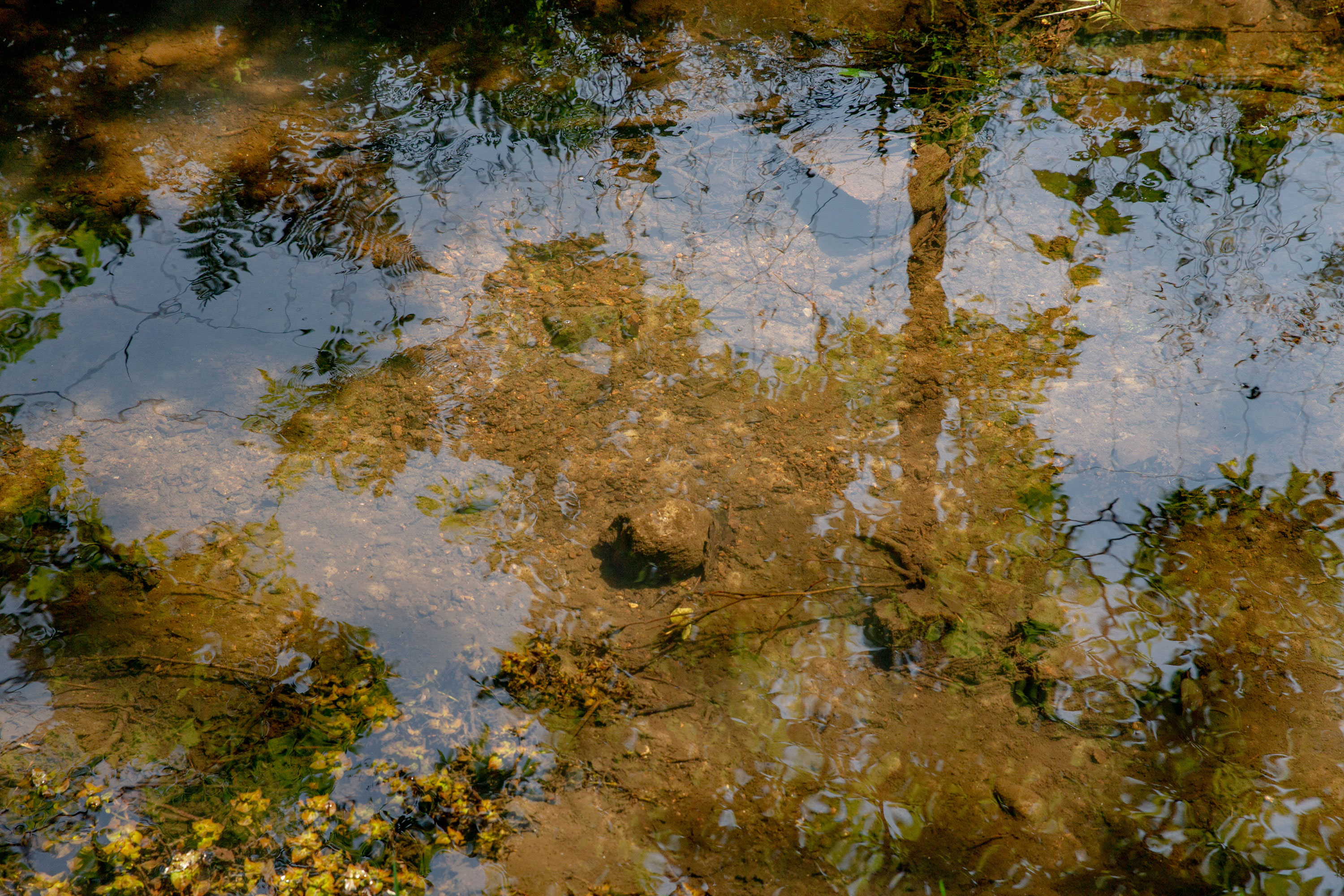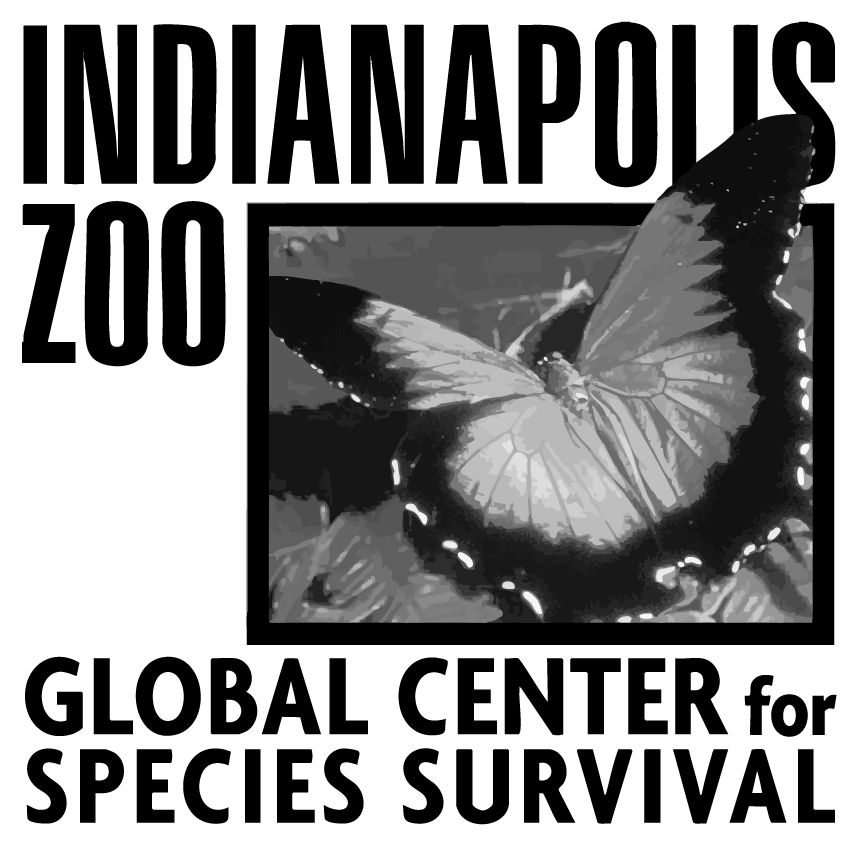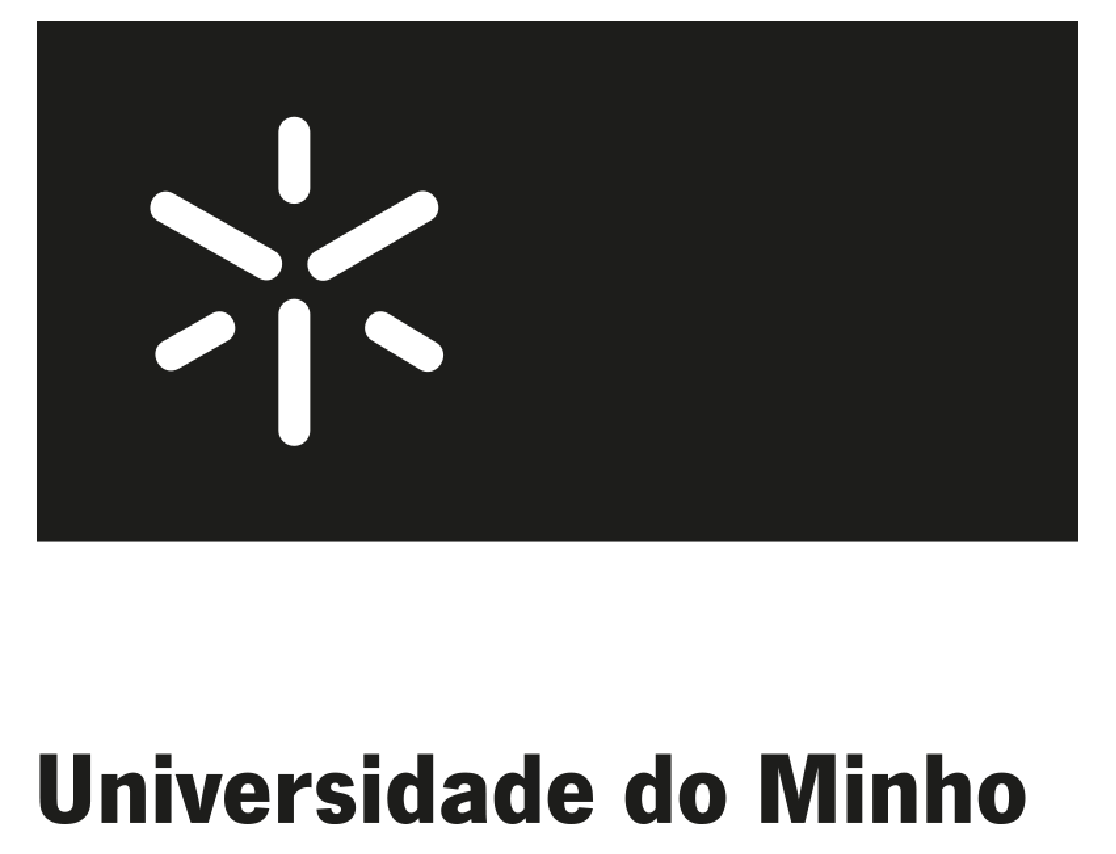Freshwater and estuarine
ecosystems are home to a large diversity of organisms, provide essential
ecological services, and are fundamentally important for human health, culture,
recreation, and economy. Although data are still limited, we know that these highly
threatened habitats harbour over 9500 threatened or near threatened species of all kinds.
Need for species conservation
Threats to aquatic habitats will intensify with climate change and increasing human pressure. Massive efforts to document and protect biodiversity are underway across Europe (e.g. the EU Biodiversity Strategy for 2030, European Green Deal).
Aquatic fungi are vitally important to the health, function, and resilience of freshwater and estuarine ecosystems, but not included in any major conservation plan or policy.
Today zero aquatic fungi are among the >35,000 species from freshwater and estuaries on the International Union for Conservation of Nature (IUCN) Red List and the data needed to support their conservation are not yet available.
FUNACTION aims to build the capacity to conserve aquatic fungi:
knowledge, awareness & tools ︎︎︎
How does FUNACTION contribute to solving this conservation gap?
For the first time, FUNACTION brings together scientists and conservationists from across Europe and USA into a transnational consortium with the aim to "conservation-enable'' these important fungi. The project will build knowledge about the taxonomic, phylogenetic and functional diversity of aquatic fungi to develop strategies for their conservation. Specific objectives of FUNACTION include:
producing the knowledge base needed for aquatic fungi-aware conservation actions
translating that knowledge into conservation planning and monitoring tools for aquatic fungi
increasing awareness about aquatic fungi and the role they play in our freshwater and estuarine ecosystems
supporting inclusivity and participation in conservation
engaging with stakeholders to produce a useful scientific basis for effective implementation of conservation actions.

Sampling aquatic fungi from alpine streams
Photo: Isabel Fernandes
Photo: Isabel Fernandes

For the first time, thanks to advances in molecular and sequencing technologies and the combined expertise of the FUNACTION consortium, we can build knowledge about aquatic fungi diversity to develop conservation strategies that account for aquatic fungi.
5 complementary work packages to face the challenge
WP1
Continental patterns in aquatic fungal biodiversity
We will identify proximal causes and effects of aquatic fungal biodiversity to answer burning questions like: how is the biodiversity of aquatic fungi distributed across Europe? What are the factors that shape their distributions (e.g. barriers to dispersal, latitudinal gradients, temperature)? Where are priority areas for conservation of aquatic fungi species?
Continental patterns in aquatic fungal biodiversity
We will identify proximal causes and effects of aquatic fungal biodiversity to answer burning questions like: how is the biodiversity of aquatic fungi distributed across Europe? What are the factors that shape their distributions (e.g. barriers to dispersal, latitudinal gradients, temperature)? Where are priority areas for conservation of aquatic fungi species?
WP2
Multinational study to test the effectiveness of existing protected areas (PAs)
In a coordinated multinational study we will test three fundamental questions: Are PAs co-located with biodiversity hotspots of aquatic fungi? Do PAs outperform non-protected areas for maintaining aquatic fungal biodiversity and functioning? Are existing PAs, designed for plants, animals, and specific habitats, effective for maintaining aquatic fungal biodiversity and functioning?
Multinational study to test the effectiveness of existing protected areas (PAs)
In a coordinated multinational study we will test three fundamental questions: Are PAs co-located with biodiversity hotspots of aquatic fungi? Do PAs outperform non-protected areas for maintaining aquatic fungal biodiversity and functioning? Are existing PAs, designed for plants, animals, and specific habitats, effective for maintaining aquatic fungal biodiversity and functioning?
WP3
Systematic conservation planning using aquatic fungi
How can conservation planning be optimized to protect aquatic fungi? Which anthropogenic impacts affect aquatic fungal biodiversity and can be addressed in conservation planning? How do aquatic fungal biodiversity hotspots align with distributions of other aquatic eukaryotes?
Systematic conservation planning using aquatic fungi
How can conservation planning be optimized to protect aquatic fungi? Which anthropogenic impacts affect aquatic fungal biodiversity and can be addressed in conservation planning? How do aquatic fungal biodiversity hotspots align with distributions of other aquatic eukaryotes?
WP4
Developing monitoring of aquatic fungal biodiversity and related ecosystem functions
What is the best approach for monitoring aquatic fungal biodiversity? Can monitoring efforts be maximized by sampling a particular season or habitat? Capitalizing on the case studies in WP2 we will elaborate effective and efficient methods for monitoring and conservation planning of aquatic fungi.
Developing monitoring of aquatic fungal biodiversity and related ecosystem functions
What is the best approach for monitoring aquatic fungal biodiversity? Can monitoring efforts be maximized by sampling a particular season or habitat? Capitalizing on the case studies in WP2 we will elaborate effective and efficient methods for monitoring and conservation planning of aquatic fungi.
WP5
Effective engagement, communication, and dissemination of information
The FUNACTION consortium will prioritize effective engagement with the public, stakeholders, and the scientific community to build awareness of aquatic fungal biodiversity and the vital roles aquatic fungi play in maintaining healthy, functioning, and valuable ecosystems. Thereby we will offer people reasons to care.
Effective engagement, communication, and dissemination of information
The FUNACTION consortium will prioritize effective engagement with the public, stakeholders, and the scientific community to build awareness of aquatic fungal biodiversity and the vital roles aquatic fungi play in maintaining healthy, functioning, and valuable ecosystems. Thereby we will offer people reasons to care.
 Aquatic environment at Lake of Origlio, in Switzerland.
Aquatic environment at Lake of Origlio, in Switzerland. 










